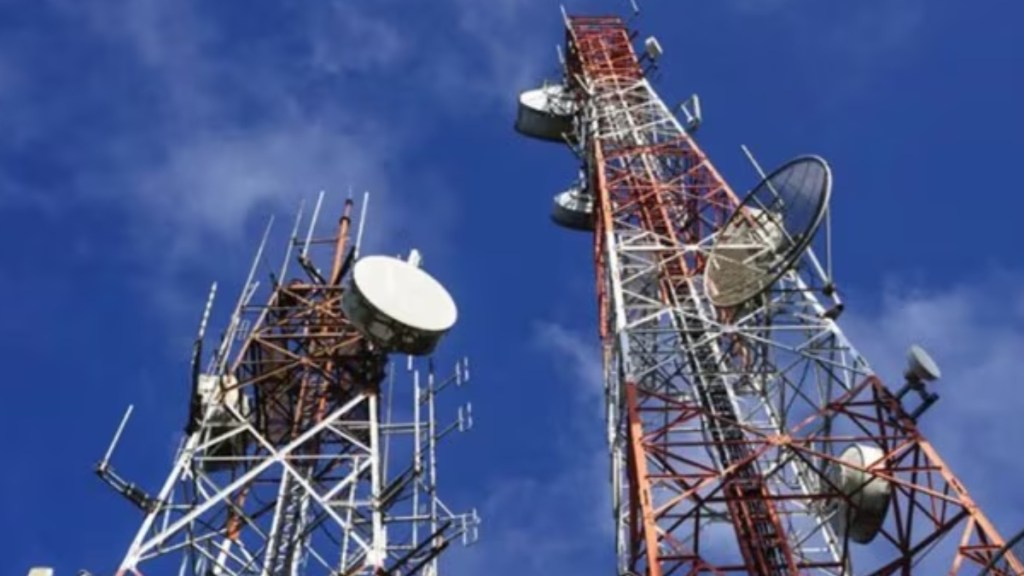The department of telecommunications (DoT) is expected to give a positive account of the telecom production linked incentive (PLI) scheme at a meeting which the Cabinet secretary is expected to convene to review the performance of all the PLI programmes.
Sources said that the DoT’s response to this effect assumes significance as only half of the approved firms have so far claimed incentives. However, officials said that this is not much of a concern as overall the scheme has delivered on its core objectives.
While 21 of the 42 approved companies have not yet drawn any incentive, officials said that the scheme has already generated sizeable investment, output and exports, and has attracted leading global and domestic manufacturers into the ecosystem. “The companies themselves set their sales and investment targets. Even if they have not claimed incentives, they are contributing to production and exports, which is the broader aim of the policy,” officials said.
PLI reached Rs 91,125 crore
According to DoT data accessed by FE, cumulative sales under the telecom PLI reached Rs 91,125 crore as of July 31, 2025, with exports accounting for Rs 17,809 crore. Investments stood at Rs 4,516 crore, while employment generated touched 29,117. The government has so far disbursed Rs 1,586 crore in incentives. Over the five years from FY23 to FY27, the scheme is expected to deliver more than Rs 2 lakh crore of incremental production and direct employment for around 45,000 workers.
Officials pointed to several reasons why the scheme is seen as a success despite uneven participation. Sales of specified telecom and networking products in FY25 were more than six times higher than in FY20, the base year, while exports have more than tripled to Rs 5,921 crore in the same period. In the last three years, 22 new manufacturing units have been established across 10 states, signalling a broadening of the domestic telecom production base. Crucially, BSNL’s 4G rollout used indigenous equipment from a PLI beneficiary, and 5G deployment has relied heavily on gear made locally under the scheme.
Self-reliance in producing GPON ONTs
Officials said the country has now achieved near self-reliance in producing GPON ONTs and customer premises equipment, reducing import dependence in areas central to broadband connectivity. Major global OEMs such as Nokia, Ericsson (through Jabil) and Cisco (through Flex) have started manufacturing in India under the scheme, thereby giving a push to local production.
Approved in February 2021 with an outlay of Rs 12,195 crore, the scheme offers incentives of 4–6% on incremental sales, with an additional 1% for MSMEs and another 1% for design-led manufacturing. A portion of the corpus was specifically earmarked to promote design-led initiatives, and the tenure was later extended by a year to FY27 to accommodate firms that had struggled with Covid-era supply disruptions.
Although top firms such as Samsung, HFCL, Netweb Technologies, Kaynes, Optiemus and ITI have yet to claim benefits, industry executives said that these players continue to invest in building capacity and may begin availing of incentives in subsequent years once revenue targets are met. Meanwhile, medium-sized companies have been quicker to capitalise, with Tejas Networks, Jabil Circuit India, Flextronics, Foxconn’s Rising Stars Hi-Tech and Syrma SGS among those receiving significant payouts.
